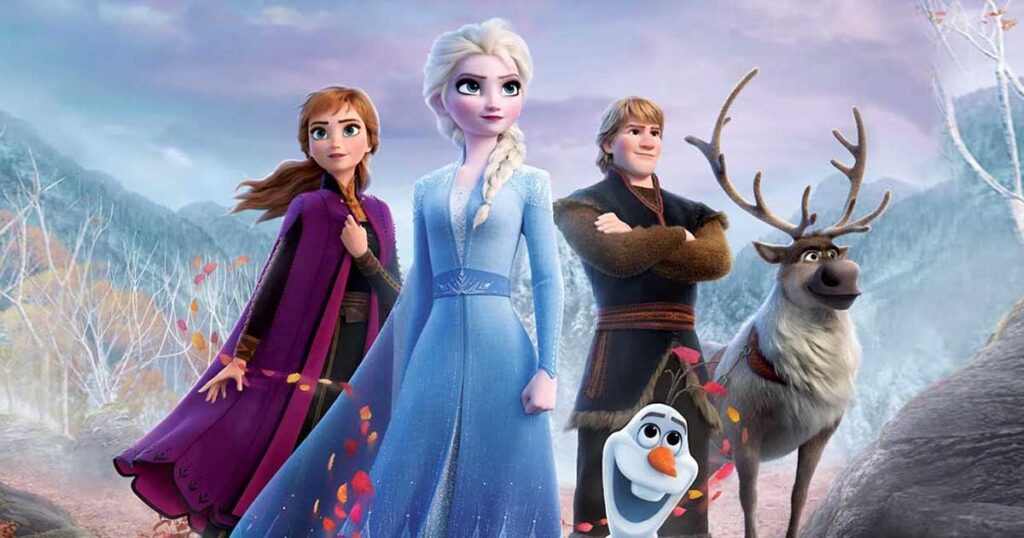Once upon a time, Elsa was not the beloved ice queen we know today. Initially, the character was envisioned as a straight-up villain—a self-proclaimed Snow Queen who commanded an army of snow monsters. Producer Peter Del Vecho revealed that early drafts of Frozen had Elsa as pure evil, much like the original Hans Christian Andersen tale. But the creative team realized they needed to pivot, leading to the iconic story we adore.
The Original Concept
In the film’s first iterations, Anna and Elsa were not even sisters. Anna wasn’t a princess at all. Elsa’s character was initially jilted at the altar, prompting her to freeze her heart to avoid love forever. Talk about a frosty disposition! Del Vecho explained how the initial storyline included a prophecy about a “ruler with a frozen heart” who would bring ruin to Arendelle.
This ruler was meant to be Elsa, creating a clear-cut dynamic of good versus evil. However, the filmmakers recognized that the narrative felt too familiar and lacked emotional depth. They thought, “We felt like we had seen it before.” Thus, they scrapped the idea of Elsa as a one-dimensional villain and shifted gears entirely.
Elsa’s Transformation
As discussions evolved, the concept of sisterhood emerged, reshaping Elsa’s character arc. Del Vecho emphasized, “What if she’s afraid of who she is? And afraid of hurting the ones she loves?” By making Elsa a complex character driven by fear rather than pure malice, the story took on a more relatable and compelling theme: love versus fear.
Instead of a climactic battle with her snow monster army, the narrative transformed into an emotional saga where Anna’s love could ultimately save Elsa. The concept of sisterly love replaced the idea of a heroic male figure swooping in to rescue the day. The filmmakers held a “sister summit” to gather insights on familial experiences, ensuring Anna and Elsa’s relationship resonated with audiences.
The New Ending
The climax of Frozen morphed into a moving moment of selflessness. Anna, facing the danger posed by Prince Hans, ultimately thawed Elsa’s frozen heart through her bravery and love. The character transformation elevated the stakes and made the story more impactful. Del Vecho highlighted the pressure on director Jennifer Lee to deliver a powerful conclusion, noting, “If you can make that ending pay off… I think we’ll have a successful film.”
The result was an unexpected twist, with viewers rooting for Elsa and Anna as sisters battling against their fears rather than a conventional good-versus-evil showdown. The world was captivated by the journey of these two characters, creating a cultural phenomenon that defined modern animated storytelling.
Ultimately, Frozen was more than just another Disney film; it became a tale of empowerment, resilience, and love conquering fear. The transition from Elsa’s villainous origins to her heartfelt redemption illustrates how storytelling can evolve when creators dare to explore new perspectives.
The original premise of Elsa as a villain may have seemed appealing, but the deeper emotional layers ultimately made Frozen a timeless classic. Now, when we hear “Let It Go,” we remember Elsa’s powers and her profound journey from fear to love—a story that resonates with many hearts worldwide.
Follow Koimoi for more such Hollywood updates.
Follow Us: Facebook | Instagram | Twitter | Youtube | Google News

